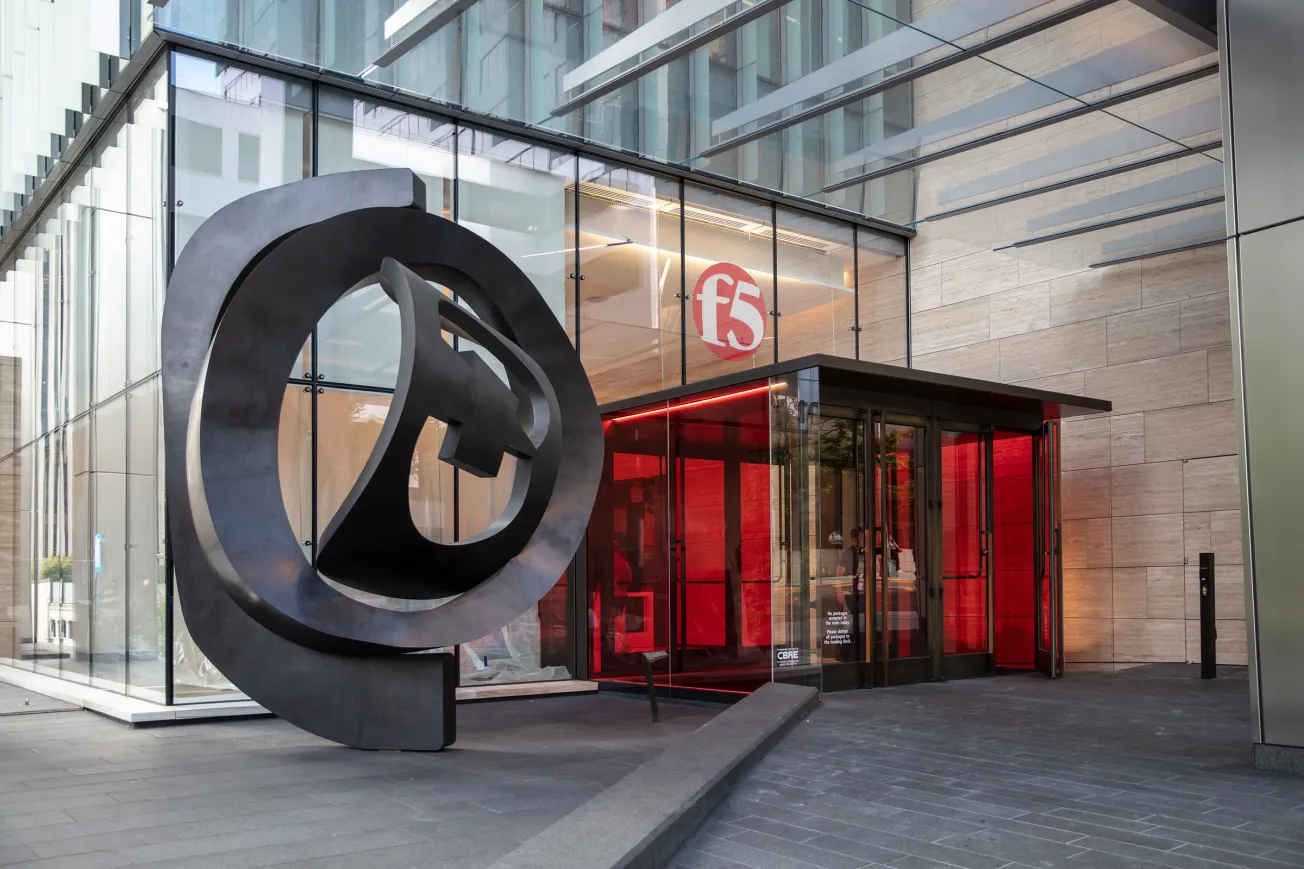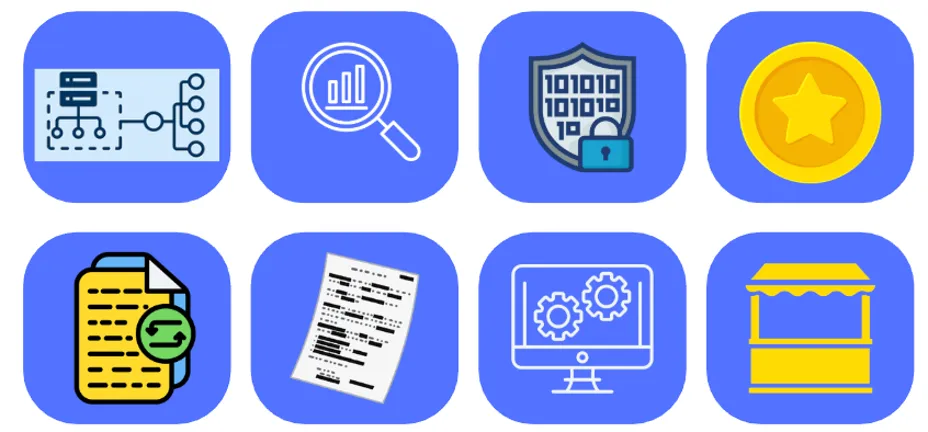The Cloud Security Alliance's new SaaS Security Capability Framework (SSCF) arrives as enterprise security teams face increasing challenges in securing SaaS applications, due to the complexity and inconsistency in securing these applications. As SaaS adoption became universal in business, so too did the struggle to manage risk, evaluate vendors, and enforce the security controls necessary to keep the data held in these systems secure. The SSCF, as the first technical, domain-driven framework, aims to ease these headaches, promising a clear benchmark for both vendors and buyers.
"The SSCF identifies a real problem," says Andrew Storms, VP of security at software distribution platform provider Replicated. That problem is especially acute at startups, smaller enterprises, and others who don't understand the context and purpose of actual security, Storms adds.
"Startups are laser-focused on building their business and often aren't even aware they should be thinking about security until it's too late - or until some big enterprise customer comes along demanding better controls. At that point, it's often too late. We have a duty to educate and help these individuals, and I believe the CSA has always been on the right track in this regard. They're pragmatic, direct, and provide actionable guidance," he says.
The SSCF, released by the CSA's SaaS Working Group (with participation from firms such as AppOmni, GuidePoint Security, MongoDB, and others), is the first industry-standard set of baselines, customer-facing security controls for SaaS platforms. Unlike checklists focused on a SaaS provider's corporate security, the SSCF focuses on the controls that end users and enterprises can directly assess, configure, or utilize from the SaaS platform itself—such as configurable multifactor authentication, role management, logging, or export controls.
Brian Soby, AppOmni co-founder and CTO, and one of the SSCF lead authors, writes that following the SSCF would have mitigated the Salesloft Drift attacks conducted by UNC6395 threat actors because the SSCF includes well-known controls such as third-party allow lists, non-human identity creation, and logging. Of course, these are also controls organizations should already be aware of:
The UNC6395 attack relied on integration that became malicious, which the SSCF's IAM-SaaS-19 (Third-party Allowlisting) would have helped prevent. The UNC6040 vishing attack that led to connecting a rogue application would have been immediately flagged by a system configured to detect the creation of new non-human identities, as required by IAM-SaaS-06 (NHI Governance). The comprehensive logging from LOG-SaaS-01 (Logged Events Scope) would have provided the necessary forensic data for both attacks, allowing for rapid detection and response.
The SSCF is mapped across six core domains: change control and configuration management, data security and privacy lifecycle, identity and access management, interoperability and portability, logging and monitoring, and security incident management. Each domain includes detailed requirements on what vendors must support, including machine-readable logging APIs, granular export controls, non-human identity management, and other key features. This clarity aims to reduce the endless spreadsheet wars and one-off security questionnaires that plague procurement and risk teams.
Where SSCF fits in the SaaS ecosystem:
For enterprises: It means a standardized, technical yardstick to evaluate SaaS offerings, streamline onboarding, and enforce controls—critical when dealing with hundreds of SaaS apps, each with its own quirks and risk profiles.
For SaaS vendors: It provides a single, authoritative framework to address customer requirements, eliminating the burden of multiple custom assessments and enabling smaller vendors to compete by raising their security standards.
For the industry: It increases the baseline security expectations across the SaaS market, moving everyone closer to actual security outcomes rather than compliance theater.
However, Storms and others don't see the prevalent SaaS security challenges as predominantly a framework issue; these are operational issues. "There's often a gap between high-level SOC 2 requirements and specific application controls. But that's usually not an entirely framework problem; it's an implementation problem. For example, suppose your SOC 2 access control requirements aren't translating to proper MFA configuration in your SaaS apps. In that case, that's not SOC 2's fault - that's either poor implementation or a strategic choice to check boxes rather than actually secure systems," Storms contends.
Still, SSCF provides buyers and builders with a shared language, a practical checklist, and a technical blueprint to reduce risk and friction in the cloud-app ecosystem. For security teams under pressure, TPRM groups swamped with vendor reviews, and SaaS providers eager to meet enterprise demands, this framework may help as a foundation for trust and operational resilience.
Yet, Storms wonders: if it’s truly necessary: "Do we really need another framework, or do we need to get better at applying and educating around the ones we have? Of course, there's always the option of going on-prem. It's a real option to consider, especially when it comes to novel datasets and AI," he says.









